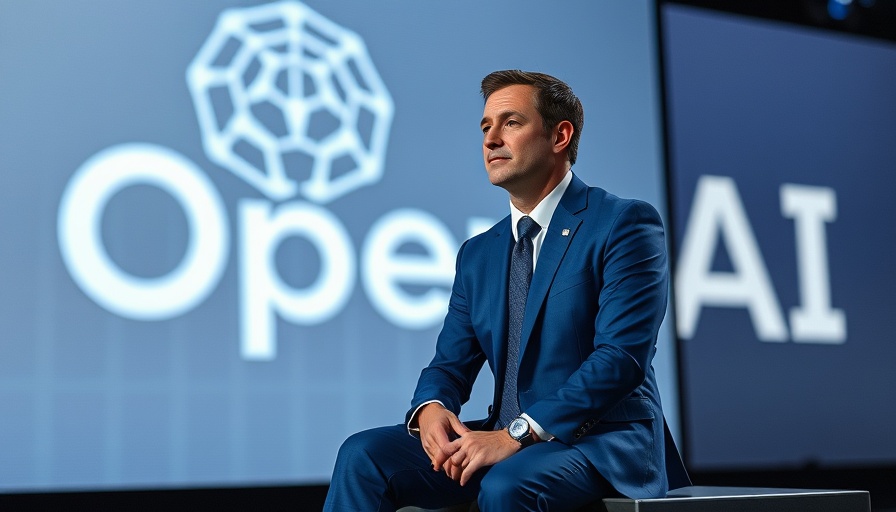
OpenAI Announces the Phase-Out of GPT-4.5: What It Means for Developers
In a noticeable pivot within the artificial intelligence (AI) landscape, OpenAI has announced plans to phase out GPT-4.5, its largest-ever AI model, from its API by July 14, 2025. This comes just months after GPT-4.5's release in February, raising eyebrows in the tech community regarding the rapidity of its dismissal.
Why Is GPT-4.5 Being Retired So Soon?
OpenAI cites two main reasons for this decision: cost and performance. Although GPT-4.5, code-named Orion, was developed using unprecedented computational power and data, it still falls short of industry benchmarks for “frontier-level” performance. The model incurs hefty costs to operate, contributing to OpenAI's decision to shift its focus towards more efficient alternatives.
The disconcerting price tag for GPT-4.5 is understandably alarming for developers. At $75 for every million input tokens and $150 for every million output tokens, the costs of using GPT-4.5 can skyrocket quickly, leading many to anticipate lower-cost options.
The Introduction of GPT-4.1
In tandem with this phase-out, OpenAI has launched GPT-4.1 as the preferred successor. A spokesperson for the company indicated that GPT-4.1 not only provides similar capabilities but also improves performance in critical areas—all at a much lower operational cost. This update provides a natural transition for developers who must adapt quickly to these changes in order to streamline their projects with the most efficient tools.
Implications for Developers and Users
For developers who have adopted GPT-4.5 into their workflows, this news necessitates prompt adjustments and possibly retraining efforts to use GPT-4.1 effectively. This rapid change could lead to disruptions in application development in a sector where stability and reliability are invaluable. OpenAI has emphasized that GPT-4.5 will remain available through ChatGPT for paying customers, alleviating some fears regarding its total obsolescence for those still needing access.
A Look Back at GPT-4.5
GPT-4.5 garnered significant attention for its advanced writing and persuasiveness capabilities. Trained on a vast array of data, it exemplified OpenAI's attempts to push the envelope in AI technology. Yet, this evolution comes with its own challenges—many AI tools face scrutiny due to high operational costs and variable performance levels. As future tech news unfolds, understanding the lifecycle of such models becomes crucial for developers seeking to stay ahead.
Future Trends in AI Model Releases
What can we expect moving forward? Experts predict that AI companies like OpenAI will continue to refine their models, focusing on not only capacity but also cost efficiency. The hastened retirement of models such as GPT-4.5 may serve as a testament to the fast-paced nature of industry demands and technological advancement. Future tech news will likely spotlight how companies adapt to these trends—balancing innovation with economic feasibility.
The Bigger Picture: AI and Cost Efficiency
The phase-out of GPT-4.5 raises larger questions about the sustainability of AI models in the face of skyrocketing costs. As technology evolves, the demand for cost-effective solutions will become even more pressing. Companies will likely need to make more strategic decisions regarding model deployment and usage. This situation can serve as a lesson for other sectors on planning for operational challenges while still pursuing cutting-edge technology.
Conclusion: Change is Constant in the Tech World
The rapid evolution of AI technologies is both exciting and challenging. As OpenAI winds down GPT-4.5 and introduces GPT-4.1, developers and businesses will need to reassess their strategies. By staying informed and being adaptable, stakeholders can turn potential setbacks into opportunities for growth and innovation in an ever-changing tech landscape.
 Add Row
Add Row  Add
Add 



Write A Comment